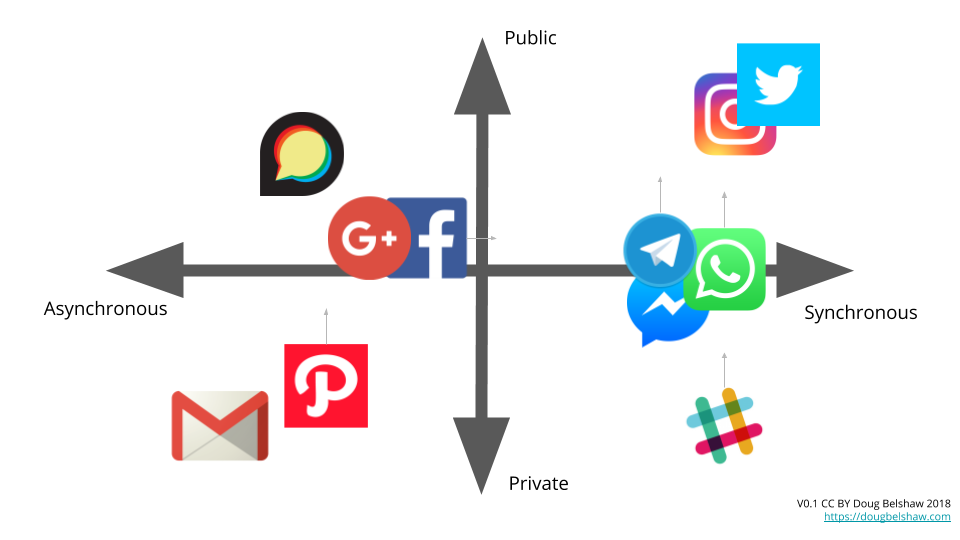The fate of private social networks

I knew this had been coming for the last few years, really, but today I discovered that Path, the social network I use with my family, is shutting down. We’ve been using it since 2010 to share photos of our children growing up, and to keep each other up-to-date with family life.
Last year, I started paying for Path, as a small effort towards making it sustainable. Obviously not enough people were doing so. To be honest, the value proposition for paid versus free accounts wasn’t exactly awesome. After all, there’s only so many sticker packs you can use!
So my family will be looking for something that replaces Path. This turns out to be something that’s both of personal and professional interest to me at the moment, as I’m leading the MoodleNet project.
My first port of call when I’m looking for an alternative to some software is alternativeto.net. Their crowdsourced list of apps that could replace Path doesn’t quite do the job, unfortunately. I’ve been trying to think about why that is, so fired up Google Slides and created image at the top of this post. You can remix it if you want.
My point here is to show that there’s many kinds of social interactions. I’m focusing on what my family uses, so haven’t put MoodleNet on there, but if I had, I think we’d be looking at it being right in the middle. The small grey arrows show the direction of travel I think that each app is, or has been, on.
It would be easy to look at this and conclude that we’re living in a world where everything’s moving to being more synchronous and public, but I’m not sure that’s true. Ideally, I reckon we want the option to communicate with one another in all four quadrants here.
What do you think? Is there anything out there which would replace Path? We’ve been trying out a private Google+ community, but it’s somehow not as… fun.
Update: after a quick dalliance with Google+ we’re currently trying out Vero.

Adding to my list for next version of Another Web Bites the Dust
https://www.youtube.com/watch?v=JFjigsXHuyY
From the Tech-Crunch link I was not saddened to see Klout has passed too. It’s hardly news, eh?
Have you stuck with using Vero?
No, and in fact we haven’t found a solution that fits everyone. Some are using Telegram and some using Wire. The latter because kids who have tablets but not phones can use it; there’s no need for a phone number.